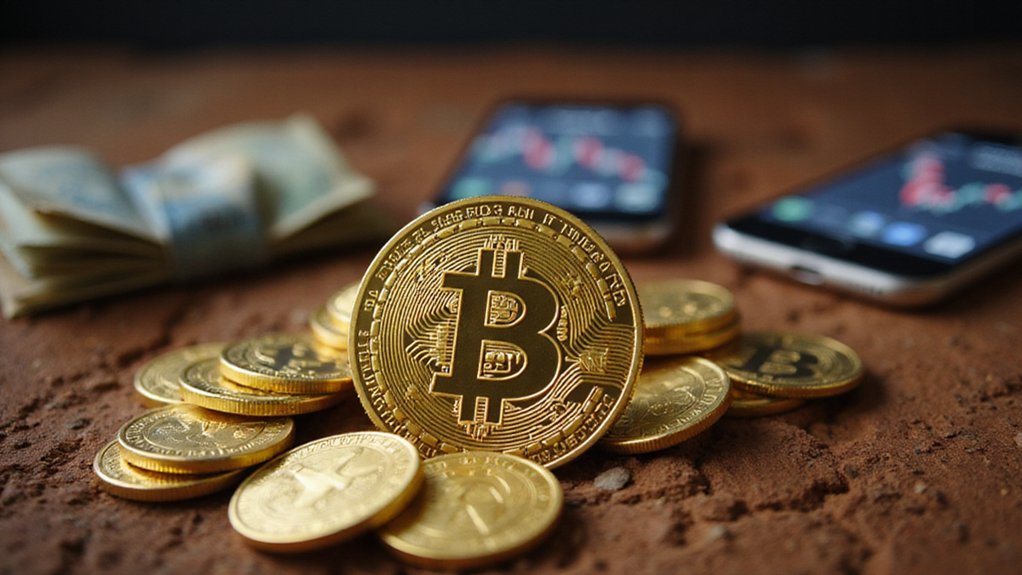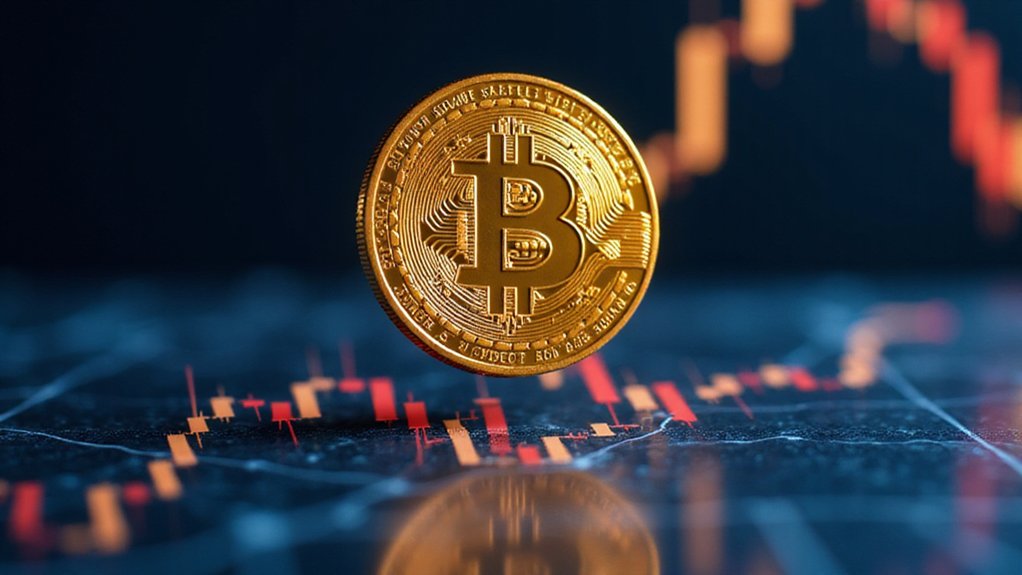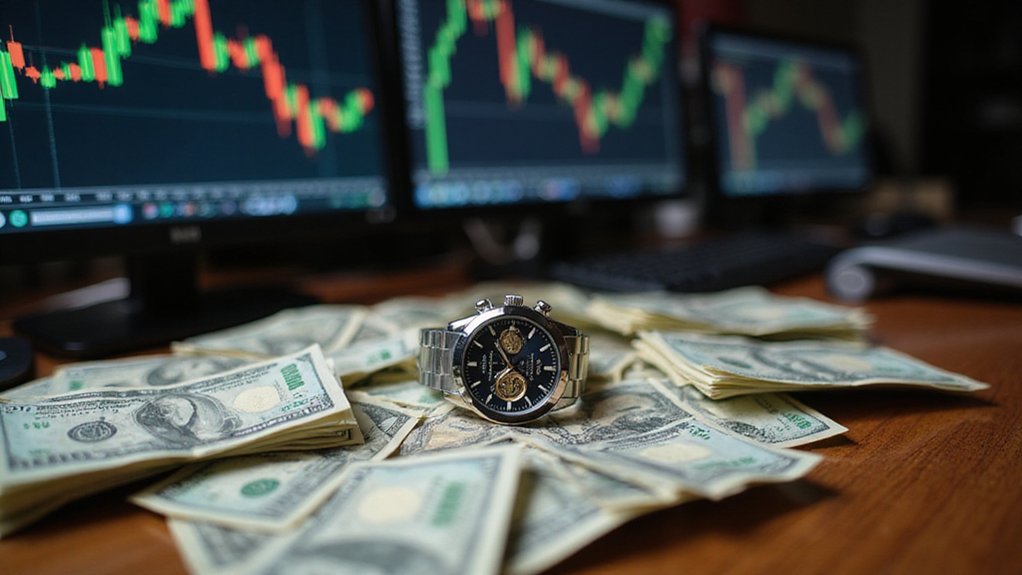While Silicon Valley executives pontificate about artificial intelligence ushering in a new era of human productivity, the numbers tell a more prosaic story: this is primarily about a $638 billion market barreling toward $3.68 trillion by 2034, and nobody wants to be left holding yesterday’s algorithms when the music stops.
The United States, predictably, has positioned itself as the house that always wins, commanding roughly $146 billion of this pie in 2024—a figure projected to swell to $851 billion within a decade. North America’s dominance isn’t accidental; it’s the calculated result of tech behemoths like Google, Microsoft, and Apple throwing their considerable weight behind AI development while enjoying the luxury of government policies that actively encourage their technological ambitions.
The United States has engineered itself into the dealer’s seat, where every AI hand played globally cuts them a percentage.
What makes this gold rush particularly fascinating is how unevenly the spoils are distributed across sectors. Finance leads the charge with $31.54 billion in AI investments, followed by healthcare at $26.69 billion, while telecommunications trails at a modest $1.89 billion—apparently, teaching machines to diagnose cancer pays better than optimizing network traffic.
Meanwhile, Netflix quietly generates $1 billion annually from AI-powered recommendations, proving that algorithms predicting binge-watching habits can be surprisingly lucrative.
The adoption statistics reveal both enthusiasm and incompetence in equal measure. While 83% of companies declare AI a strategic priority and 65% deploy generative AI, only 26% have progressed beyond expensive pilot projects to extract actual value. This suggests that for every company successfully monetizing artificial intelligence, three others are primarily funding very sophisticated corporate science experiments.
Perhaps most tellingly, the consumer AI market has reached $12 billion in just 2.5 years, yet only 3% of users pay for premium services—a conversion rate that would make freemium app developers weep. The race becomes even more intense when considering that deep learning captured 37.4% of the entire AI market share in 2024, demonstrating which technological approaches are winning the battle for commercial viability.
The global AI workforce now encompasses 97 million people, creating a talent shortage so acute that companies compete with the desperation of auction bidders. Companies are leveraging AI to address labor shortages, with 35% already implementing artificial intelligence solutions to fill gaps in their operational capacity. The convergence of AI and blockchain technology is creating new paradigms, with smart contract auditing enhanced by artificial intelligence to improve security and functionality across digital ecosystems.
This isn’t merely technological evolution; it’s economic warfare disguised as innovation. Companies and nations alike recognize that today’s AI investments determine tomorrow’s market hierarchies, making this less about artificial intelligence and more about very real power.









